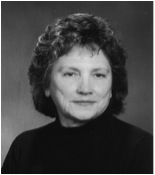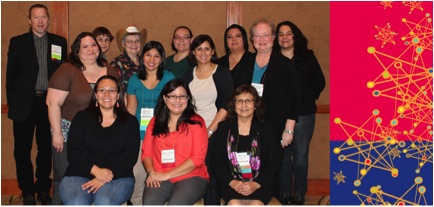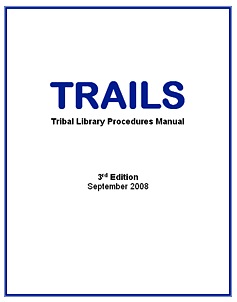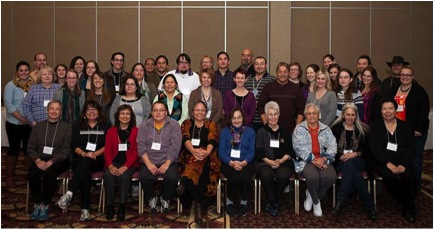1. Without Lotsee Patterson and her infinite amounts of moxie, tribal libraries would be a far cry from where they are today. Patterson has been actively campaigning and working towards library services for tribal communities since the late 1950s.

2. Janice Rice, this week’s guest speaker and one of this year’s TLAM instructors also clued us in to some other names we should be aware of when thinking about work in tribal libraries. These individuals include: John Berry, Marissa Duarte, the late Ally Krebs, Karen Letarte, Sandy Littletree, Virginia Matthews, Loriene Roy, Rhonda Taylor, Charles Townley, Kelly Webster. This list only begins to name a few of the individuals who in their own ways continue to keep libraries alive on reservations.

3. There is an indescribable amount of tribal libraries in existence today. Due to financial instability that causes many institutions to close its doors and reopen, the varying ways people define what a library is as well as many other factors it is very difficult to say exactly how many exist.
4. Through the hard work of tribal librarians and interest that came from a Washington DC pre-conference in 1979 about library services on and/or near reservations the American Indian Library Association (AILA) was formed in 1979.
5. Training is an ongoing process in all tribal libraries. In 1985 a training manual designed to give guidance, training, and direction for all federally recognized tribes wishing to have library services called TRAILS came into existence.

6. It is important now, more than ever, for networks to be in place for tribal librarians, museum curators, and archivists. Several such networking events and groups exist such as the Convening Culture Keepers (CCK) which began right here at UW-Madison’s SLIS by Omar Poler. For more information about this see blog post from March 12, 2014.

7. Language revitalization is crucial in all tribal communities. Many libraries make it their responsibility to integrate language into the library setting. This can be done through exhibits, signage, activities, and more.
8. There are many kinds of tribal libraries. They can be part of a school or college, a public library, an archive, or even within a community center. Oftentimes tribal libraries serve as community libraries regardless of what building they are housed in.

9. Funding is a major concern for almost all tribal libraries. The staff at these institutions have gotten to be excellent grant writers. Many tribal collections are started from donations.
10. If you want to find out more about tribal libraries check out AILA’s website at ailanet.org or any of the readings listed below.
Other related readings:
Biggs, B. (2000). Bright child of Oklahoma: Lotsee Patterson and the development of America’s tribal libraries. American Indian Culture and Research Journal, 24 (4), 55-67.
Culturally responsive guidelines for Alaska public libraries. Retrieved from: http://akla.org/publications/culturally-responsive-guidelines- for-alaska-public-libraries/
Krebs, A. (2012). Native America’s twenty-first-century right to know. Arch Sci. 12, 173-190.
-Cassy Keyport
